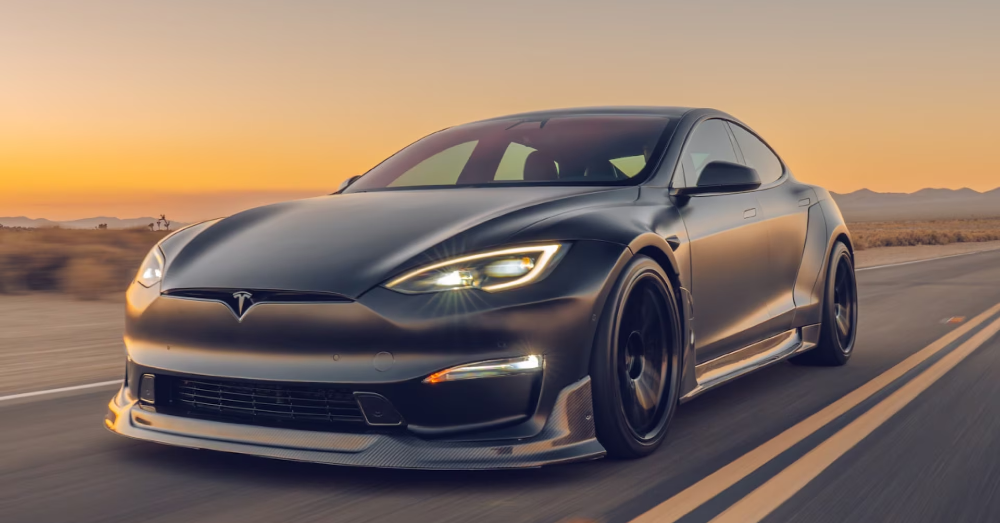Many car buyers are starting to see that hybrid vehicles are the best of both worlds compared to fully electric models and traditional combustion or ICE vehicles.
ICE vehicles are still the most popular option, but hybrid models are closing the gap. Most of Toyota’s lineup is made up of hybrids, and it seems some other automakers are keen to follow this lead.
Gas-Electric Hybrids Represent the Best of Both Worlds
Many automakers are beginning to realize that combining gas and electric power in a hybrid powertrain is a better option than fully electric. Despite many positive developments and a lot of money invested, EV models remain more expensive and difficult to sell due to their perceived lack of practicality. They have limited charging speeds and there isn’t a lot of public infrastructure. Battery replacement is also very expensive.
The good news is that many of these positive EV developments have also influenced the hybrid market. The next thing you might be wondering is how hybrid vehicles compare with ICE vehicles in terms of depreciation and long-term ownership costs. How well do they keep their value on the used market compared to ICE vehicles?
New Vehicle Depreciation Rates: Hybrid vs. ICE
To keep it simple, we can compare the Toyota Corolla LE sedan and its hybrid variant to see what depreciation and ownership costs look like. The comparison categories include insurance, maintenance, repairs, taxes and fees, financing, depreciation, fuel, and the true cost to own. In the first two categories, the LE Hybrid costs slightly more than the LE. In the repairs category, both vehicles cost the same.
For taxes and fees, the LE Hybrid costs about $150 more than the LE. It also costs roughly $300 more to finance. The LE Hybrid loses $11,115 of its value in the first five years, while the regular LE loses $10,238. However, the LE Hybrid more than makes up for this loss in value with roughly $3,000 less in fuel costs. This ends up with the true cost to own in favor of the LE Hybrid by about $1,300.
Used Car Depreciation Rates
The used Toyota Avalon is another car where you can compare the ICE version with a V6 or the hybrid. The fuel costs are significant with the hybrid version delivering up to 44 MPG on the highway and the regular version getting up to 32 MPG.
However, using the same Corolla comparison from before, we again see a similar scenario play out. A 2020 Toyota Corolla Hybrid LE sells for just under $15,000, that’s nearly $10,000 less than when it was new. A 2020 Corolla LE is worth roughly the same, but that model costs about $4,000 less when new. However, the fuel savings are again significant, causing the used Corolla LE to have a higher cost to own than the Hybrid LE.
Why Do Hybrids Depreciate Faster?
The main reason that hybrids depreciate faster than ICE vehicles is due to high repair costs and concerns over battery degradation. Hybrids use expensive batteries that lose efficiency over time. This makes buyers wary of buying older hybrids in a way that they wouldn’t with an ICE vehicle. Essentially, it discourages long-term ownership.
The good news is that hybrids are closing the gap as technology improves.
This post may contain affiliate links. Meaning a commission is given should you decide to make a purchase through these links, at no cost to you. All products shown are researched and tested to give an accurate review for you.




